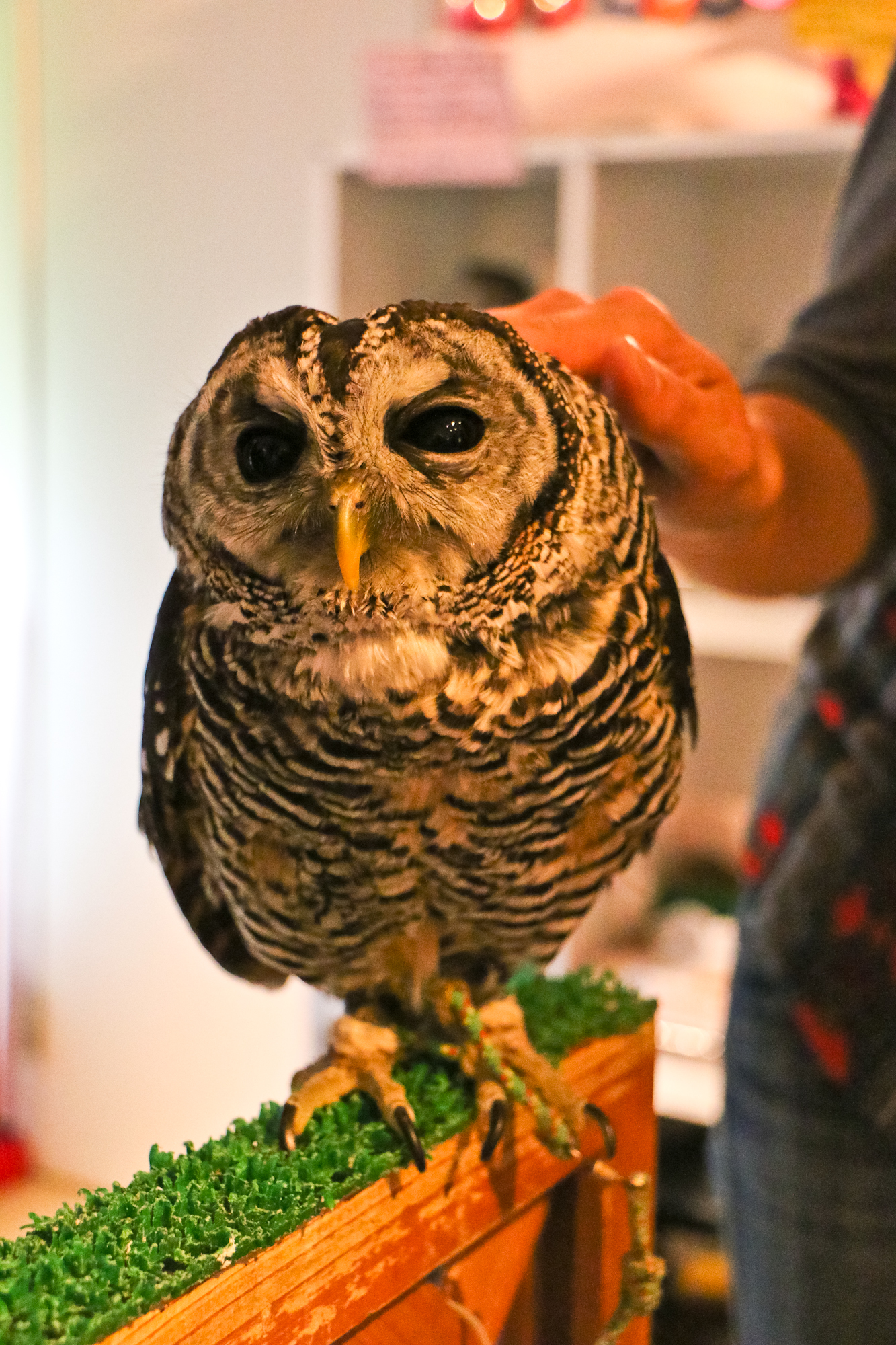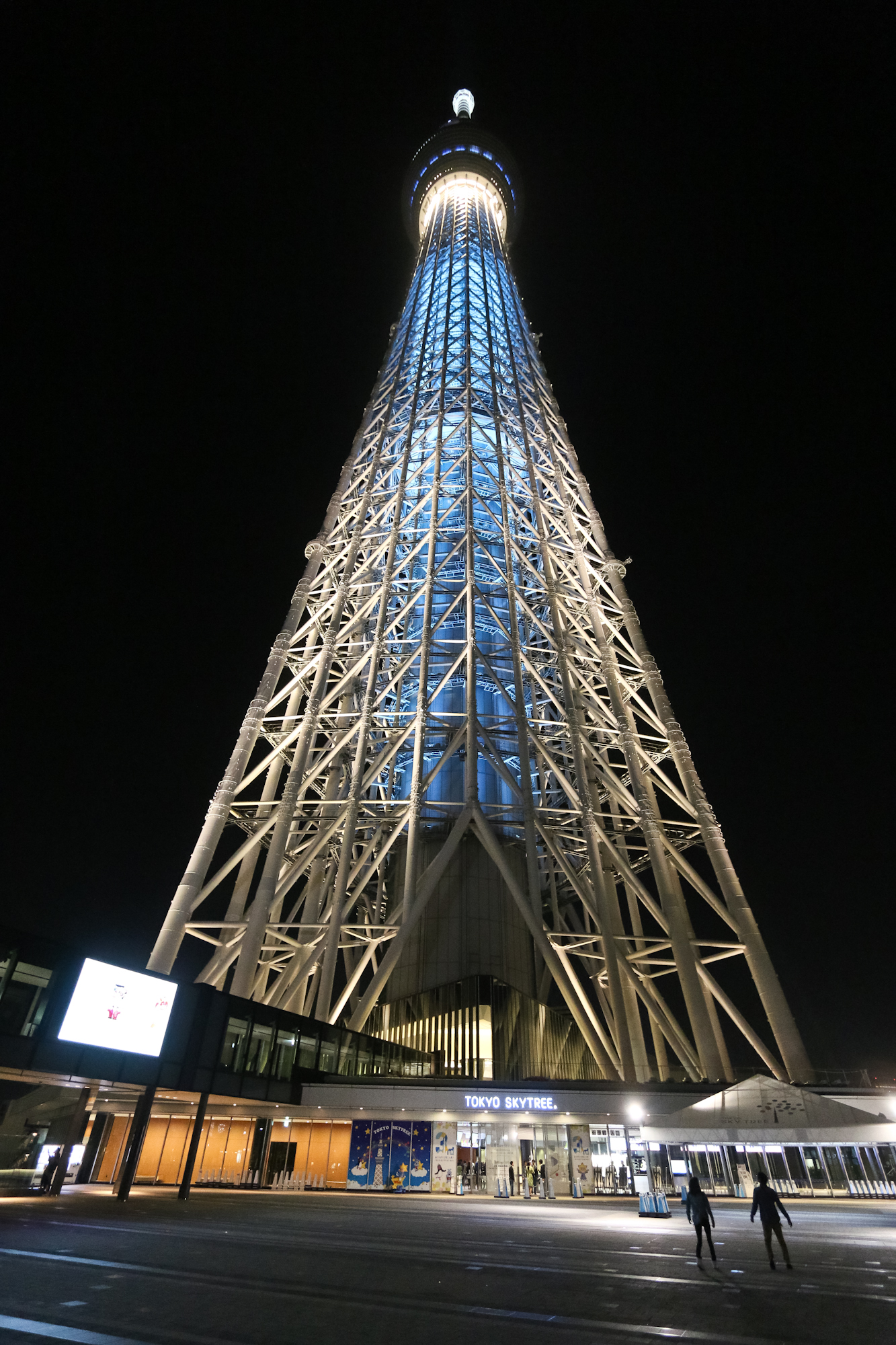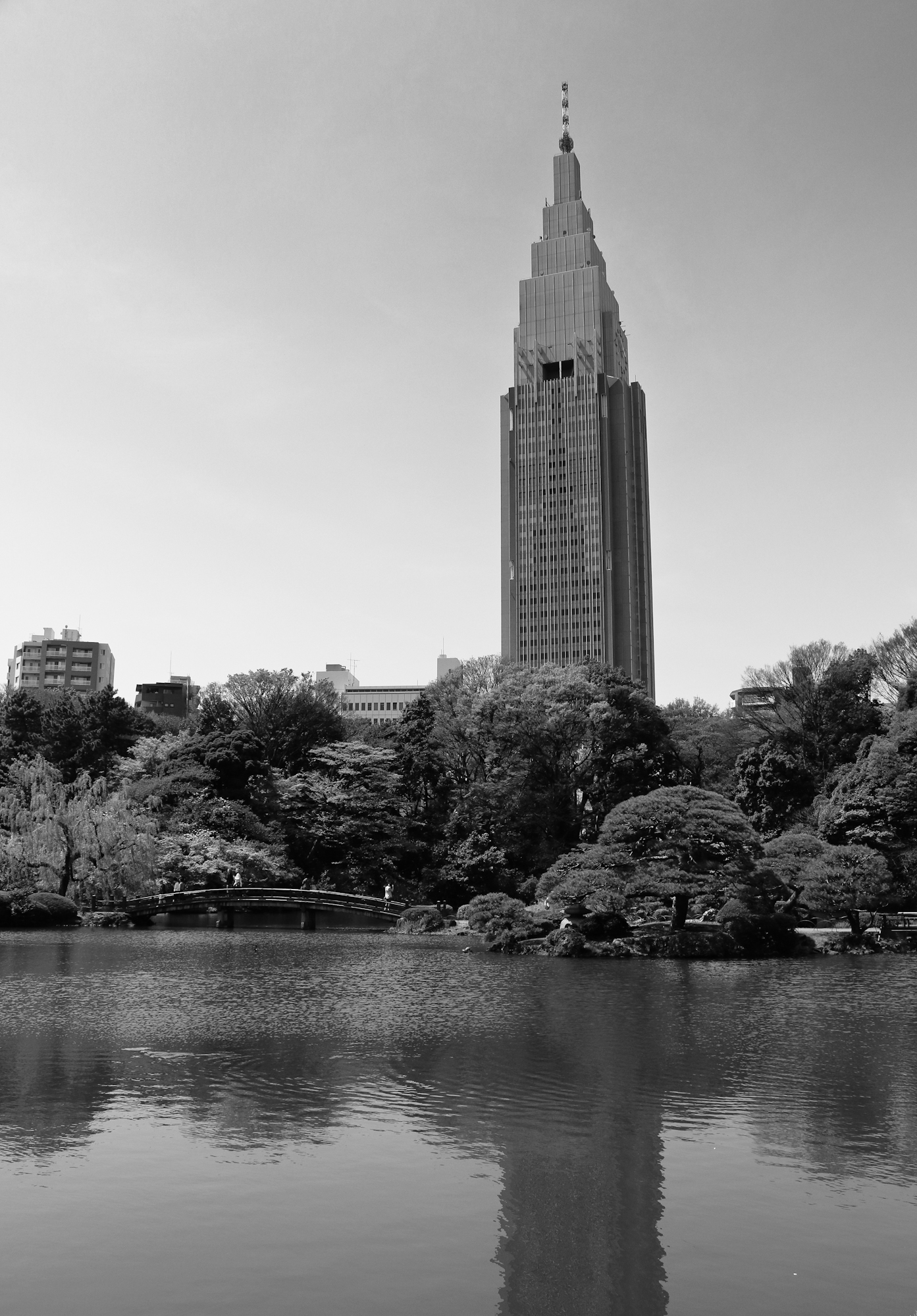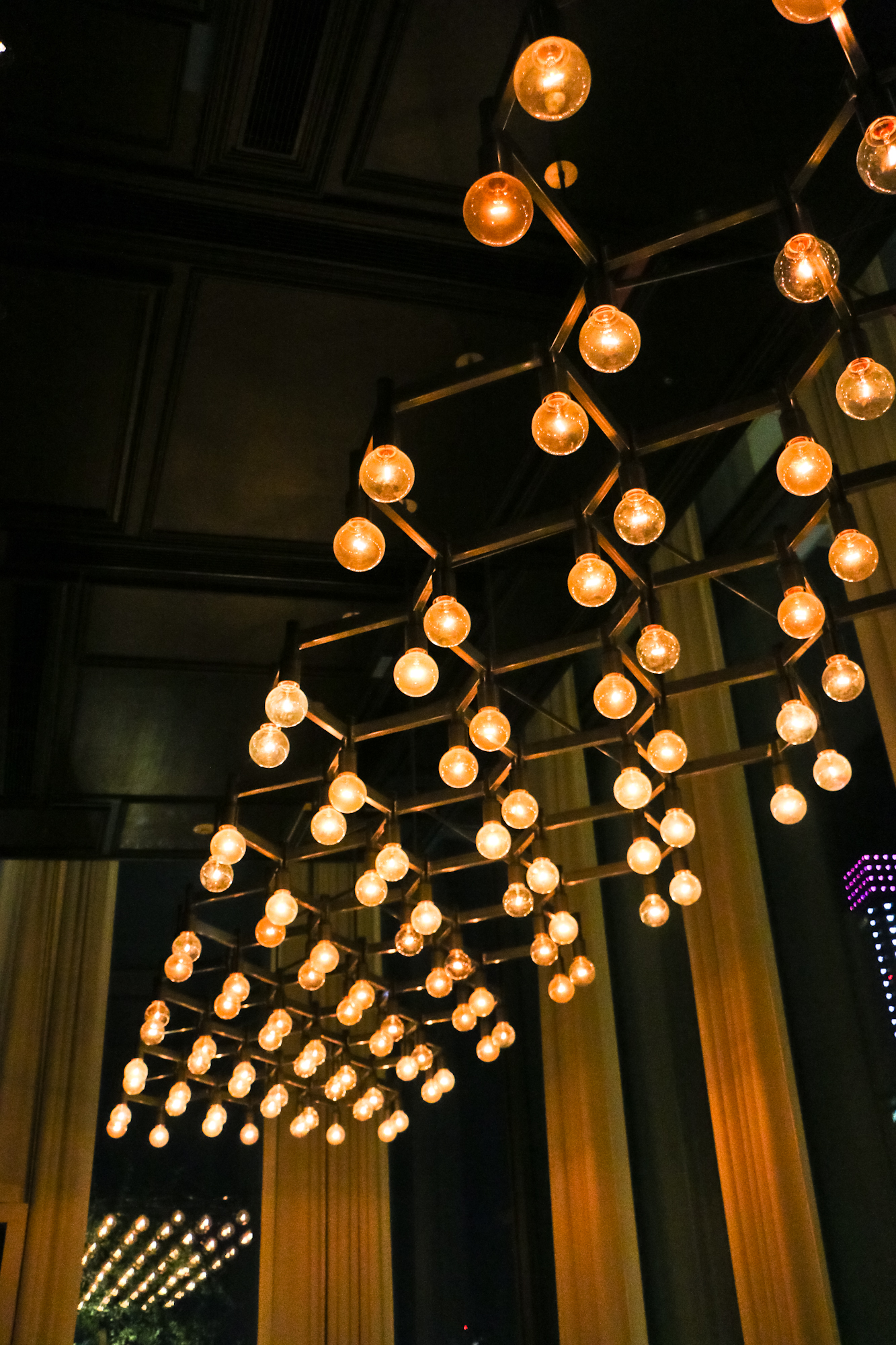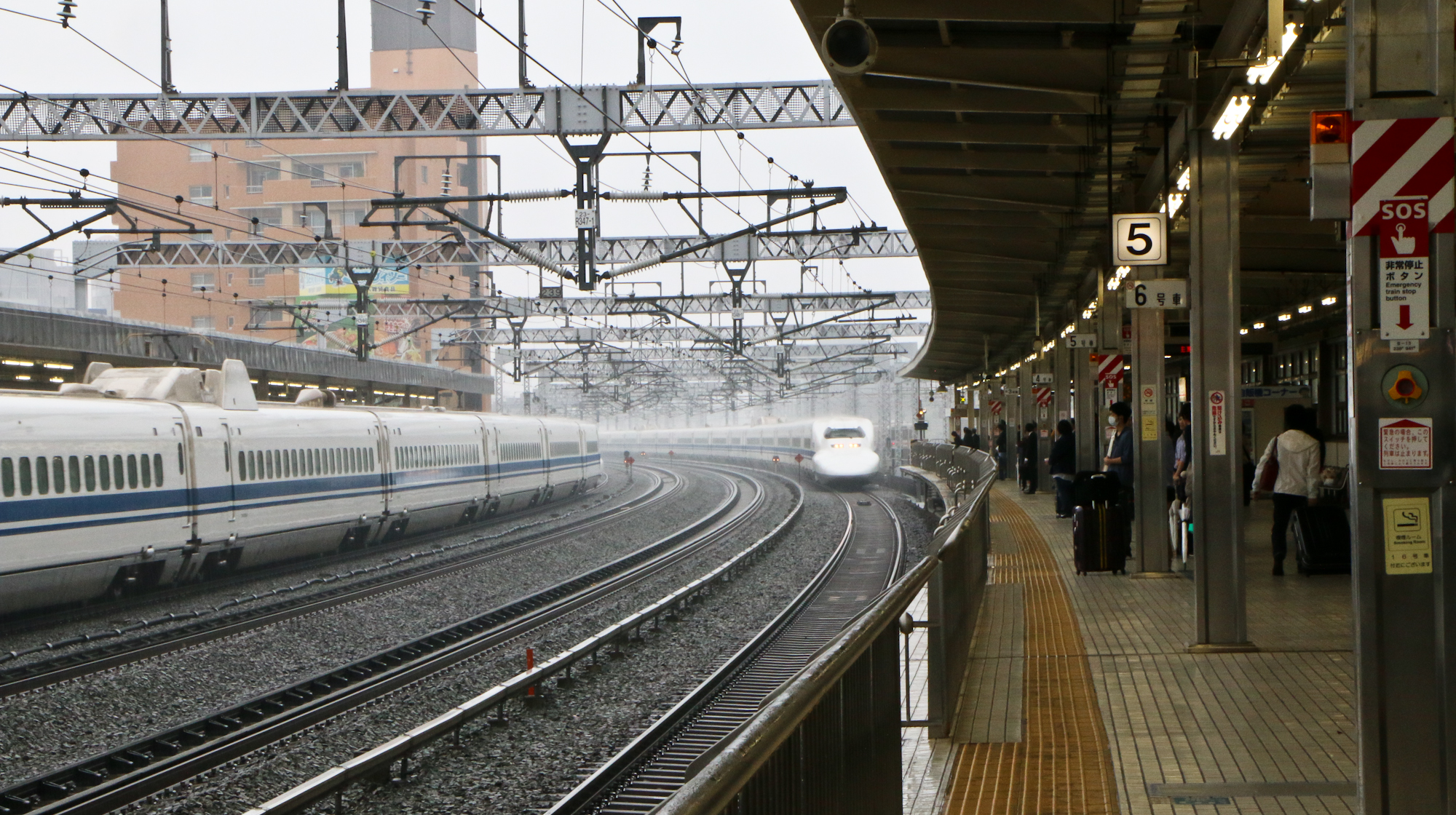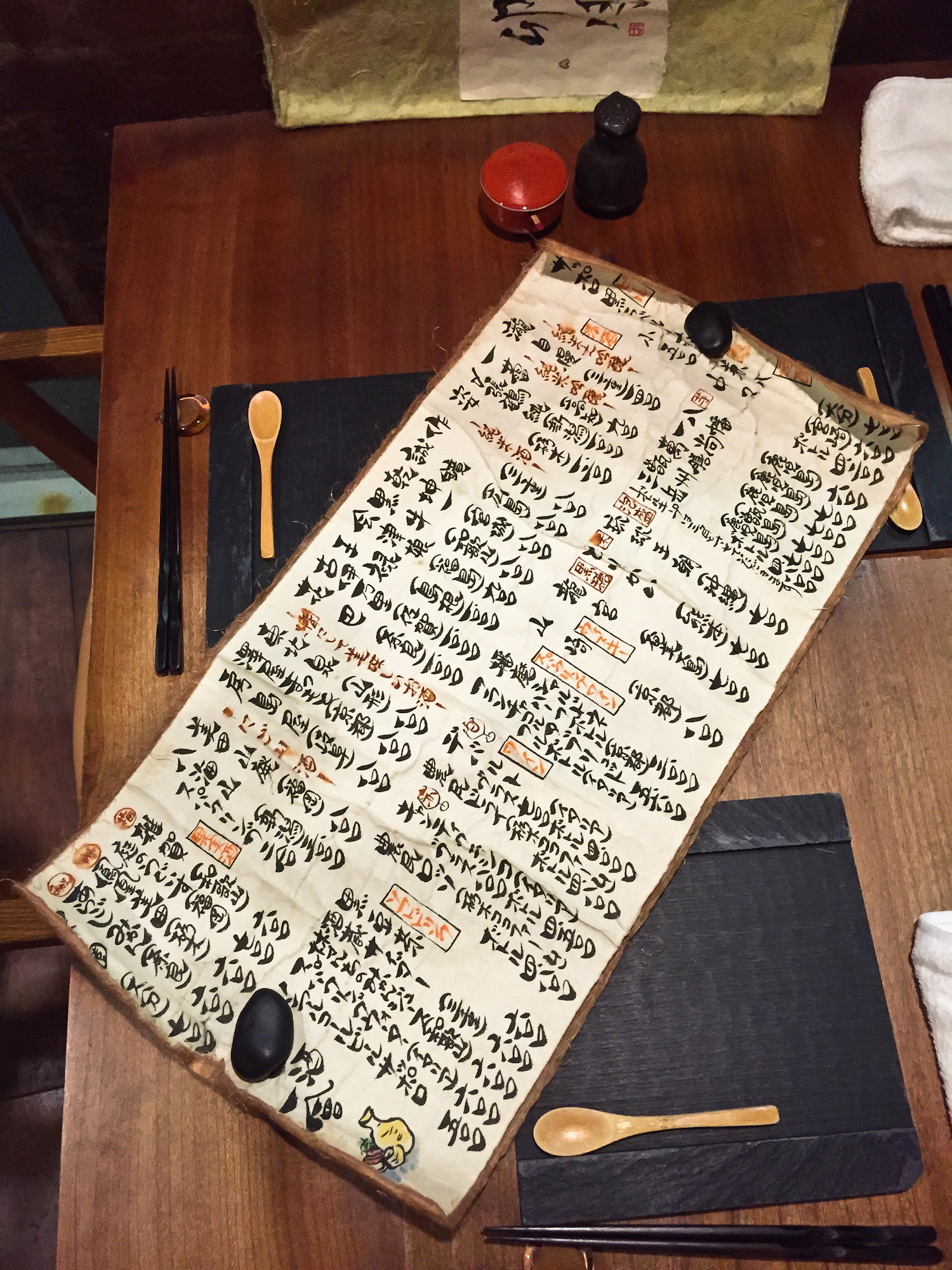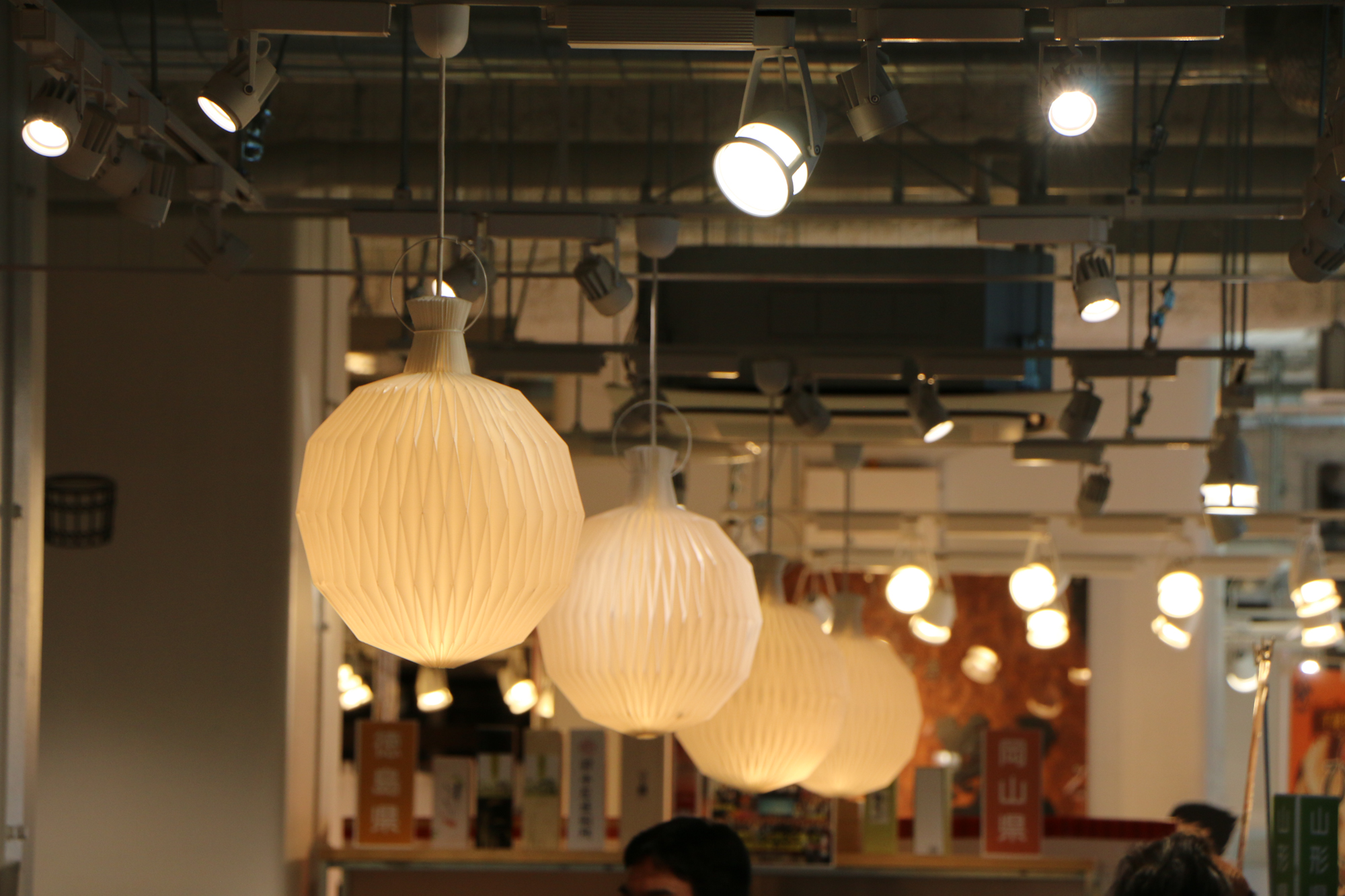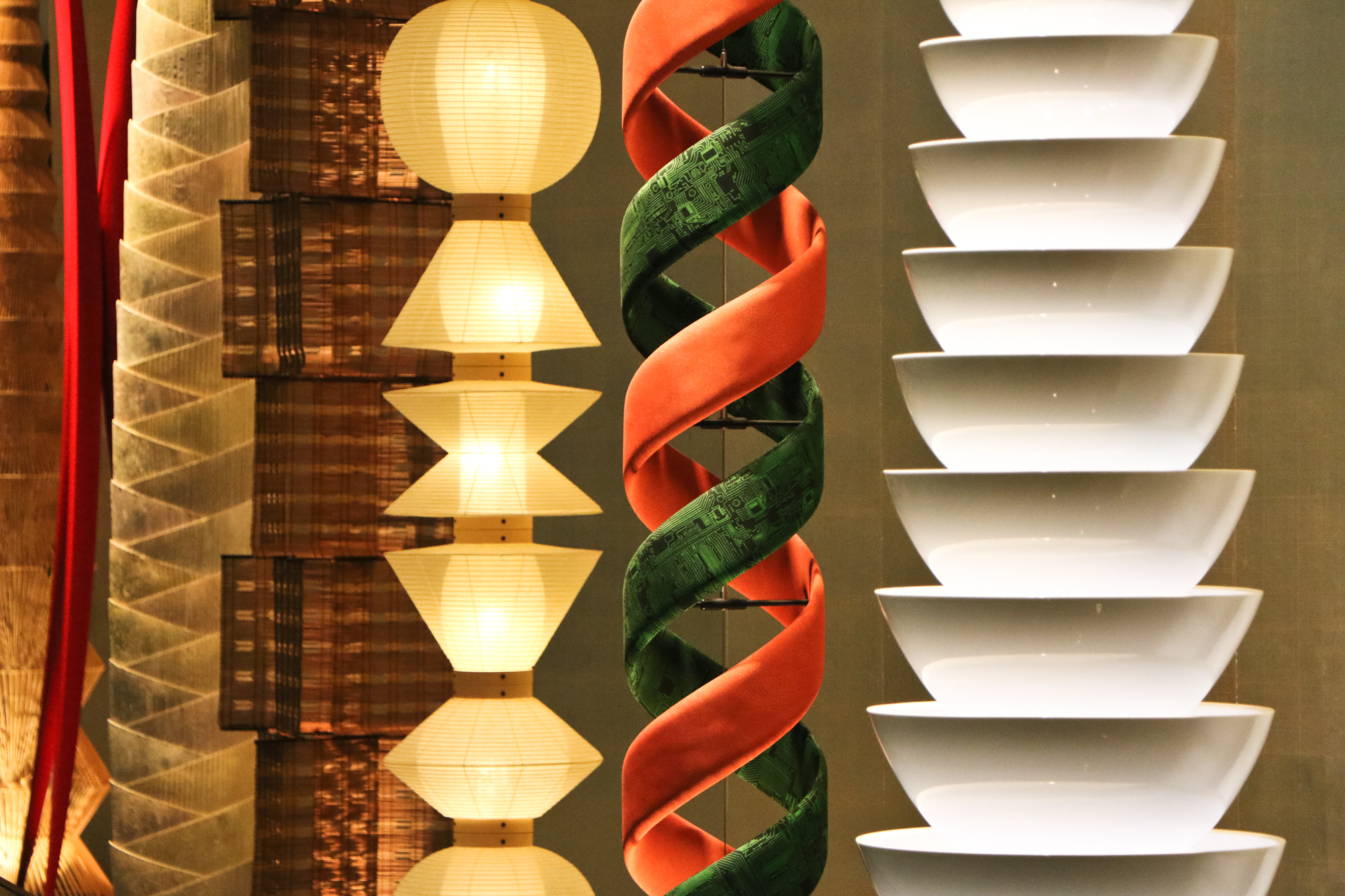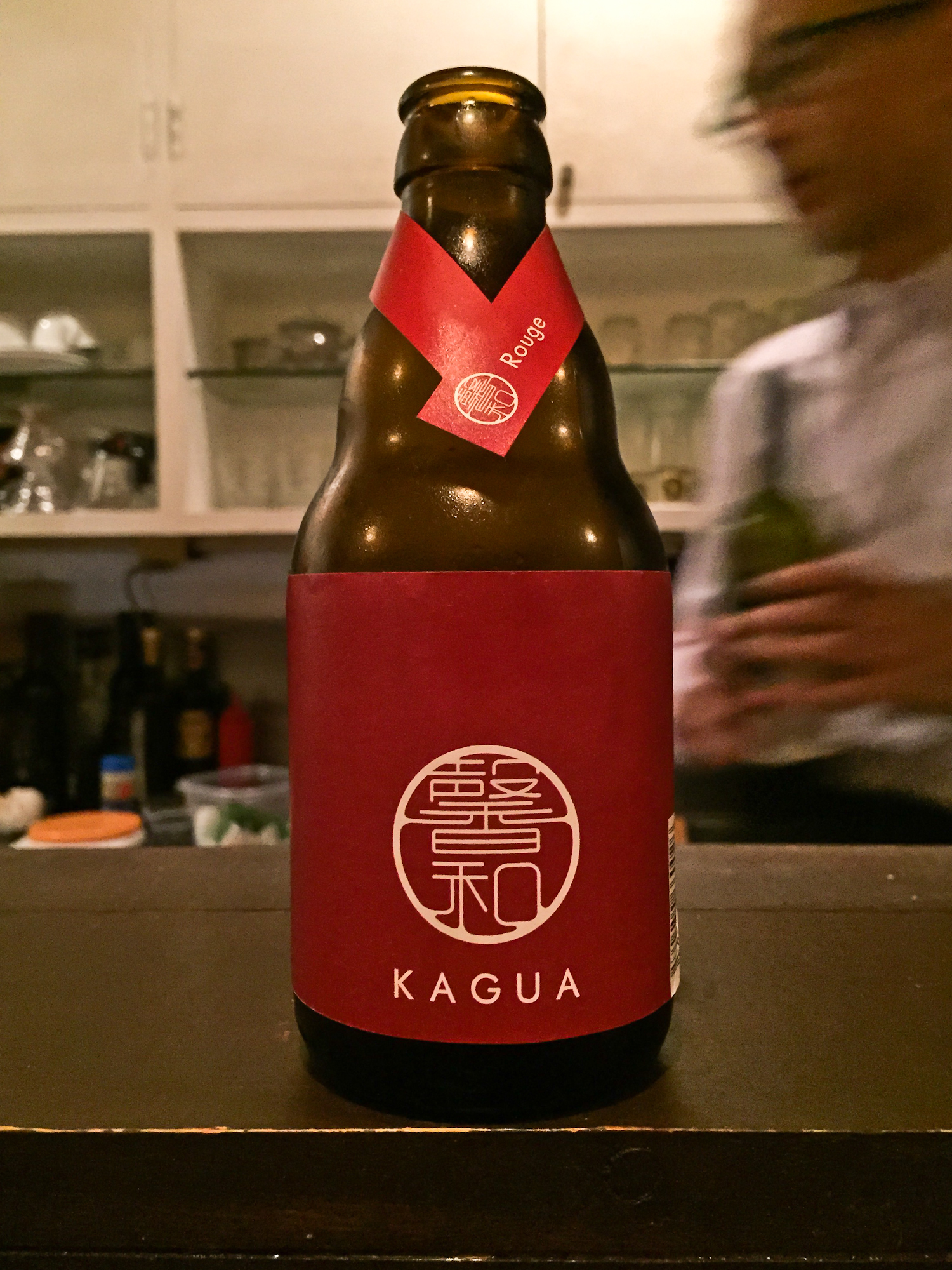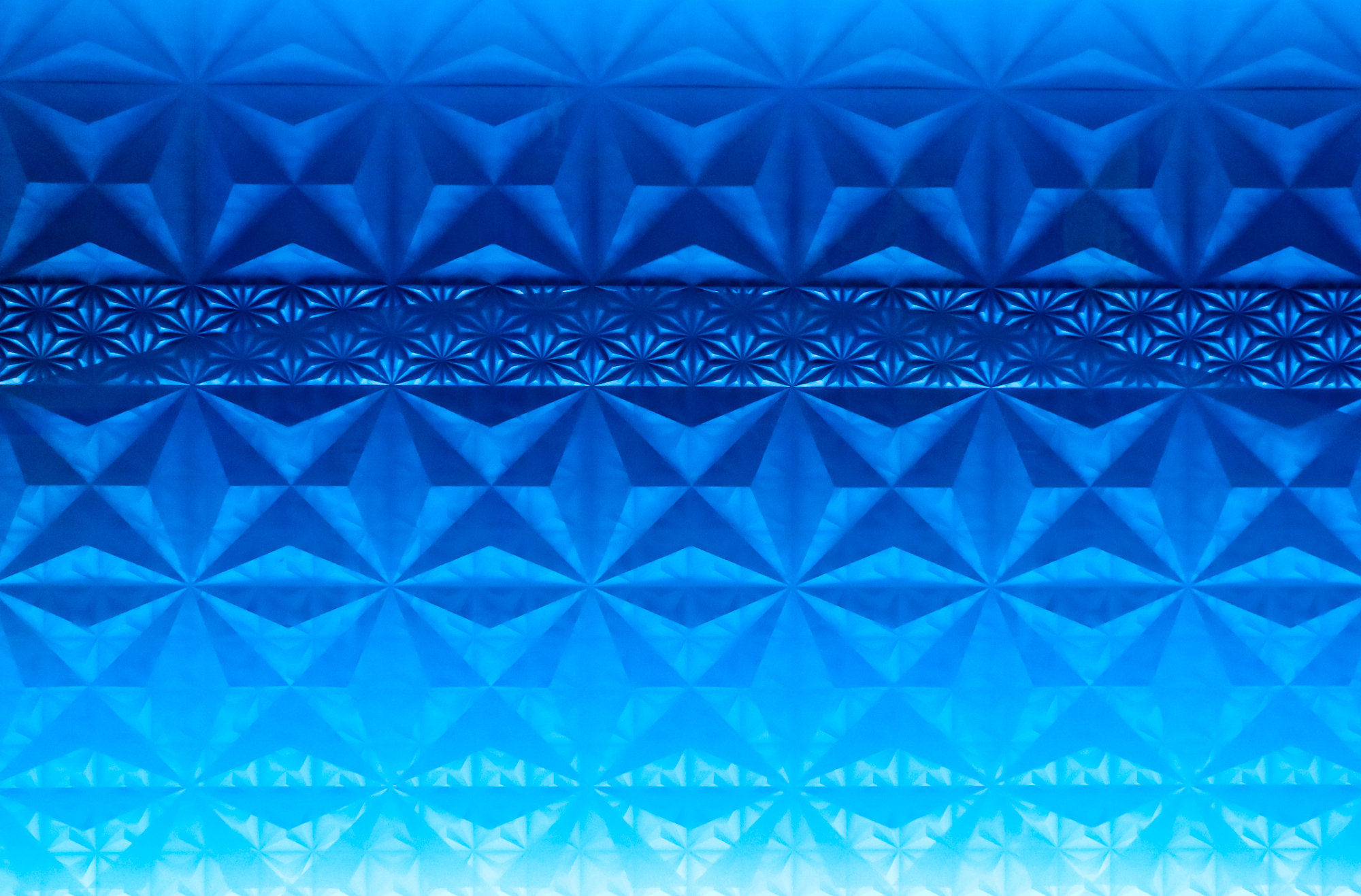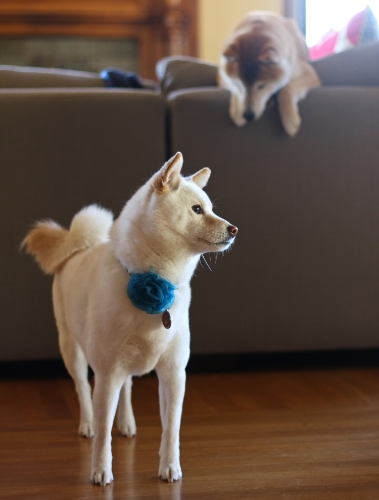Last month in Tokyo, in between one bowl of ramen and the next, Ramen Chemistry stopped by an "owl cafe." It was possibly the most amazing hour we've spent. Like ever. Words like "transcendent" and "magical" come to mind. You'd be forgiven for thinking I'm given to hyperbole, but let me be clear: this is no exaggeration. The owl cafe is a parallel plane on which Japanese sensibilities fuse with live owls, and it's completely hands-on. Could anything be more fucking awesome? Obviously not.
Small Owl Area. Behind are two owls taking the day off. Left one is on a diet and is "cranky."
Five days a week, at 1:00 p.m., curious customers line up in front of Fukuro no Mise (literally "Owl Show"), one of Tokyo's animal cafes. The cafe's exterior is completely unassuming, just a space on the first floor of some anonymous apartment block in the vast urban expanse of Tokyo. Its identity is marked by a small fence, which creates a buffer space around the entrance, and an assortment of owl images stuck on the window. Reservations are taken at 1:00 for hour-long blocks later that day, the first of which doesn't start until 2:00, an hour later. Once the reservations are made, everyone is reabsorbed into Tokyo until returning at each's appointed time.
Entering the owl cafe feels like stepping through a portal into a another dimension. Once through, we found ourselves in a little and very crowded room, the size of a small studio apartment. Ikea owl curtains kept the space in relative darkness, even in midday. Immediately inside the door, five large owls sat tethered to a long perch, at the end of which sat a barn owl on a concrete pedestal.
Another perch (with 2 midsize owls) sat perpendicular to the first, separating the large owl area from the small owl area (seated apart because the large ones might harm the small ones). Here sat seven tiny owls on a long perch, with a few more owls sitting off to the side, taking a day off from being manhandled by delighted young Japanese girls and foreign tourists. The walls were covered in a wild assortment of random crap and owl kitsch.
Three owl handlers-baristas directed the thirteen customers, each having paid ¥2000 (a bit over $15) for admission, to a little circle of seats around a coffee table. After each customer submitted a drink order, a handler gave a short demonstration, then liberated us to wander around in very close quarters and hang out with the owls.
Not only were we free to pet any of the owls but, upon request, the handlers would place your owl of choice on your arm or shoulder. You could walk around with them, and you could hold as many owls as you wanted over the course of 40 minutes or so. The handlers spent the entire time moving owls from one person to another. We each held around five owls. At some point, the group's drink order was placed on the coffee table. Not a single person touched the drinks (mostly hot tea) that were served; nobody wanted to compromise a second of their owl time. The only exceptions were me and Hiroko. Our view is that, if we could drink beer while holding owls, why in the world wouldn't we?
The customers seemed uniformly transfixed and amazed by this bizarre experience, confined for an hour in a tiny room with sixteen people and seventeen owls. Cameras and smartphones (ours included) were out everywhere. As the hour drew to a close, we returned the owls to their perches and sat down to consume the drinks, some thirty minutes after they were served. Time was short and we were forced to pound the rest of our beers; the practical reality being that it's hard to seriously consume beer when you have an owl on one hand and a camera in the other. Before we left this urban owl cave, the handlers gave us owl souvenirs. I got a stuffed purple owl on a string.
If you're wondering, the owls were great. Completely serene; accepting, and even seeming to appreciate, affection. They were lighter than we expected. We were exhausted and jet-lagged that day, pretty run down, but the owl experience acted like some curative force, really holding us in the moment and surprising us with how quickly the hour passed.
There are apparently a few of these places in Tokyo. The one we went to was the first, and supposedly is the best experience. The Japanese have a lot of these kinds of things; cat cafes, reptile cafes, falcon cafes. These animal cafes seem to be catching on outside of Japan. Here in Oakland, we have a cat cafe, and a few months ago a pop-up owl cafe opened briefly in London.
So I'll close by saying that we need to have an owl cafe here in the U.S., preferably here in Oakland/Berkeley so that I can be among the owls again, as soon as possible. But I doubt that this kind of setup--birds, drinks, together--would fly with American health departments. The owls do shit on the floor periodically, gloved handlers swooping in with paper towels to clean up the mess.







